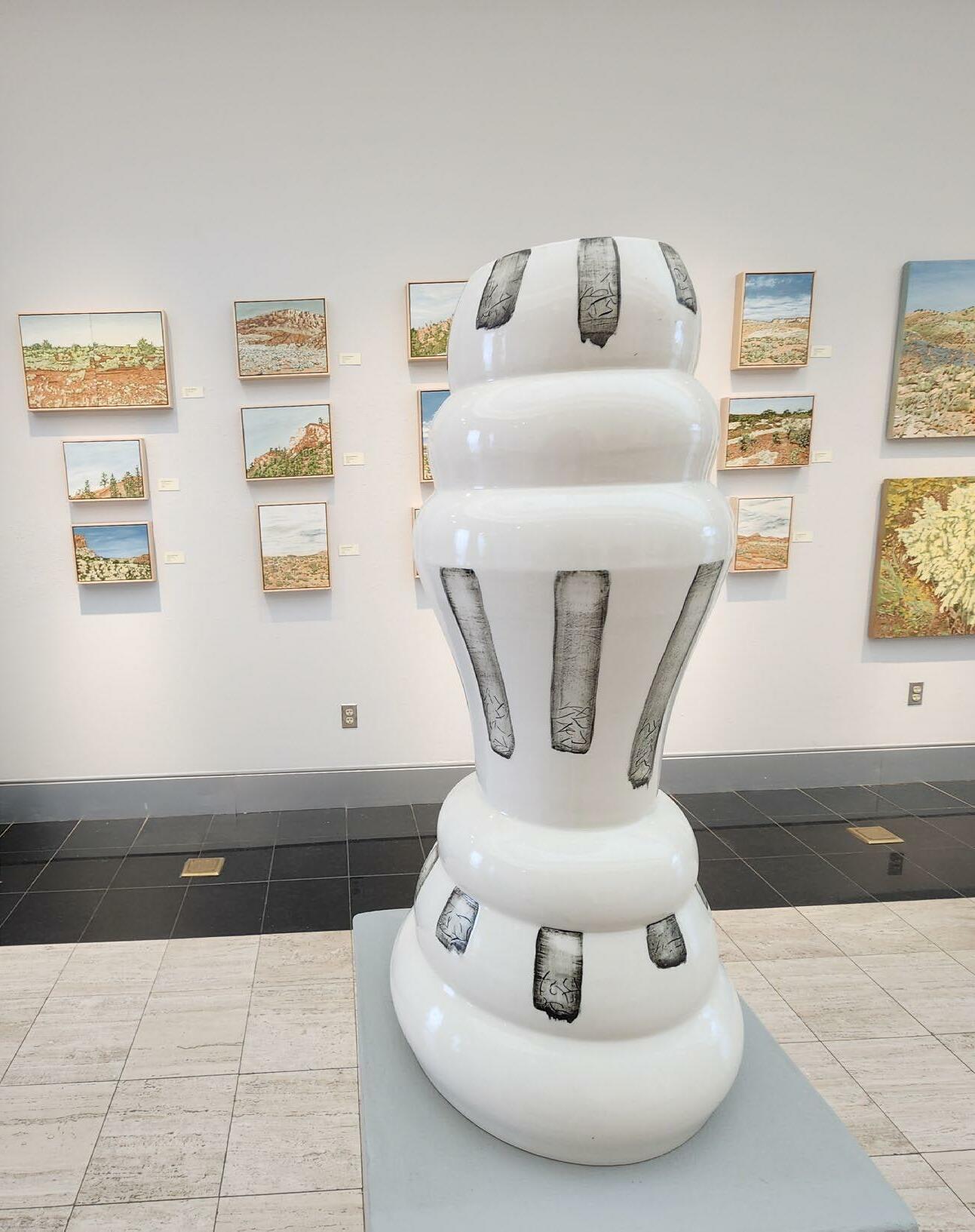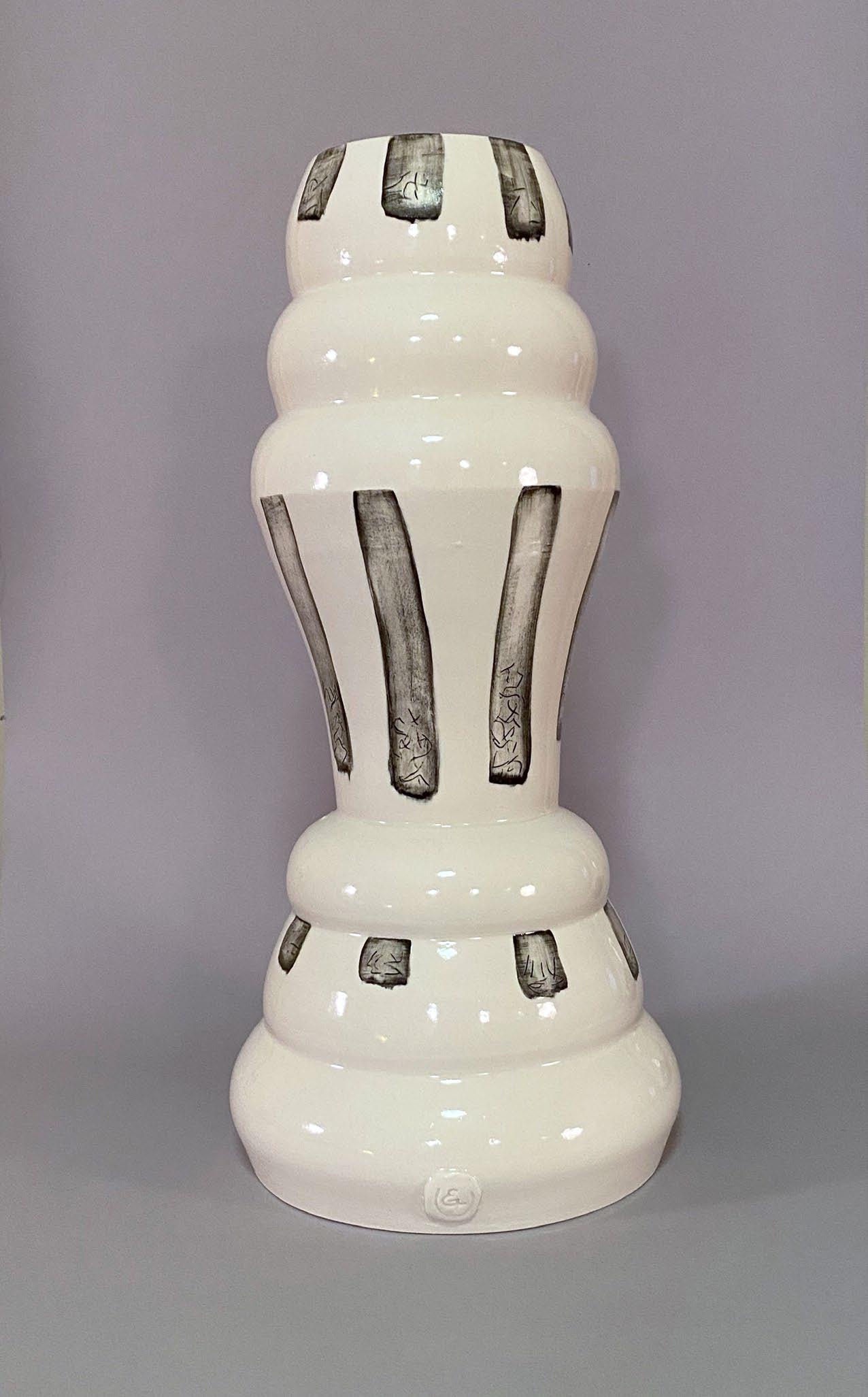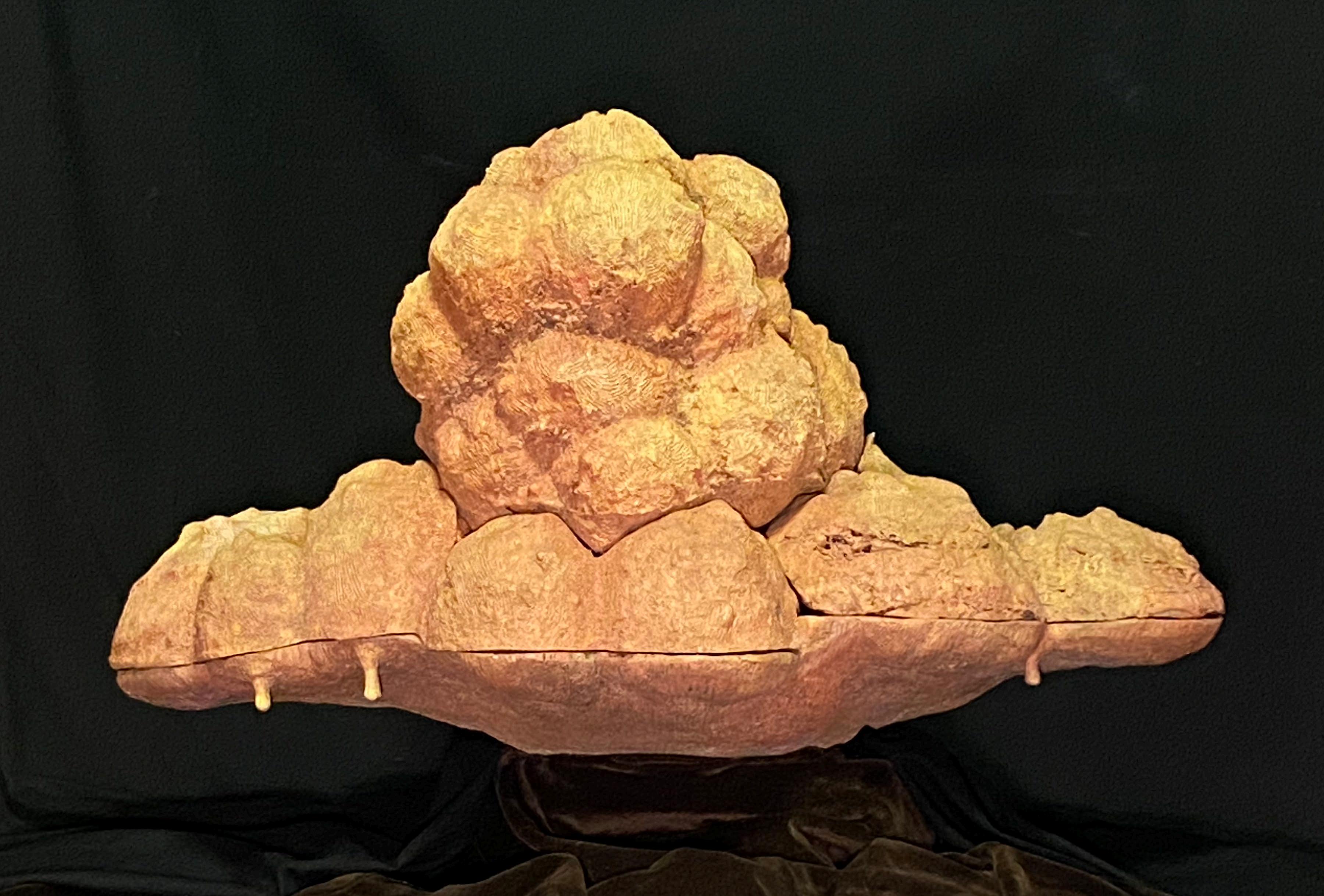
1 minute read
Exhibition Statement:
When we contemplate spiritual connections, we often think of sites, objects, or rituals with deep-rooted cultural histories. However, what is spiritual to an individual is often more intangible. When our energy melds with the energy of place, a sense of the spiritual or sacred embraces us. For these three artists the melding of their energy with the energy of a place has happened standing in the Parthenon, studying traditional Japanese art, and walking through the Arctic tundra. With different perspectives and media, these artists capture their spiritual experience with the land and history--merging personal values, beliefs, and intentions into their process of creating. Creating art is, for them, a spiritual experience.
Robert M. Ellis (1922 2014), whose professional career spanned six decades, traveled extensively before settling in New Mexico in 1964.
Advertisement
During his time in New Mexico, Ellis worked in a variety of artistic mediums and styles that refined his interest in landscape and the experience of it. He was known for his work depicting the northern New Mexico landscape through the 70s and 80s. However, towards the end of his life, Ellis’s works were inspired by a trip to Greece in honor of his late wife. Ellis’s early works portray sweeping vistas of Northern New Mexico; his later works, abstractly convey the white columns and clear blue sky or the Mediterranean.
Elizabeth Fritzsche has been working in porcelain for 40 years and has been casting iron since 2000. She has had artist residencies in China and Japan.
Her porcelain vessels blend the quality of ancient Japanese traditions with American freedom of expression. The textual marks, which she calls the language of positive intentions, are fired into the porcelain vessels and embody the ability of intentions to affect the energy of the spaces we inhabit. Her iron sculptures, made from discarded metal, reference our deeper human states of mind.
Alan Paine Radebaugh has been a professional artist for 50 years. Since 2001 his paintings have focused on landscapes abstract and representational. Driving and camping throughout the United States and Canada, he has followed rivers from headwaters to confluence to mouth, walked across grasslands, and climbed mountains to look out over vast prairies. For Canyons, the paintings in this exhibit, Radebaugh traveled through the canyonlands of Colorado, New Mexico, and Utah, hiking and sketching in the awe-inspiring canyons that cut through this land.




